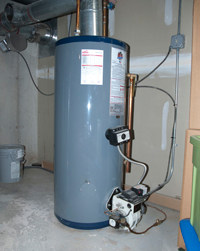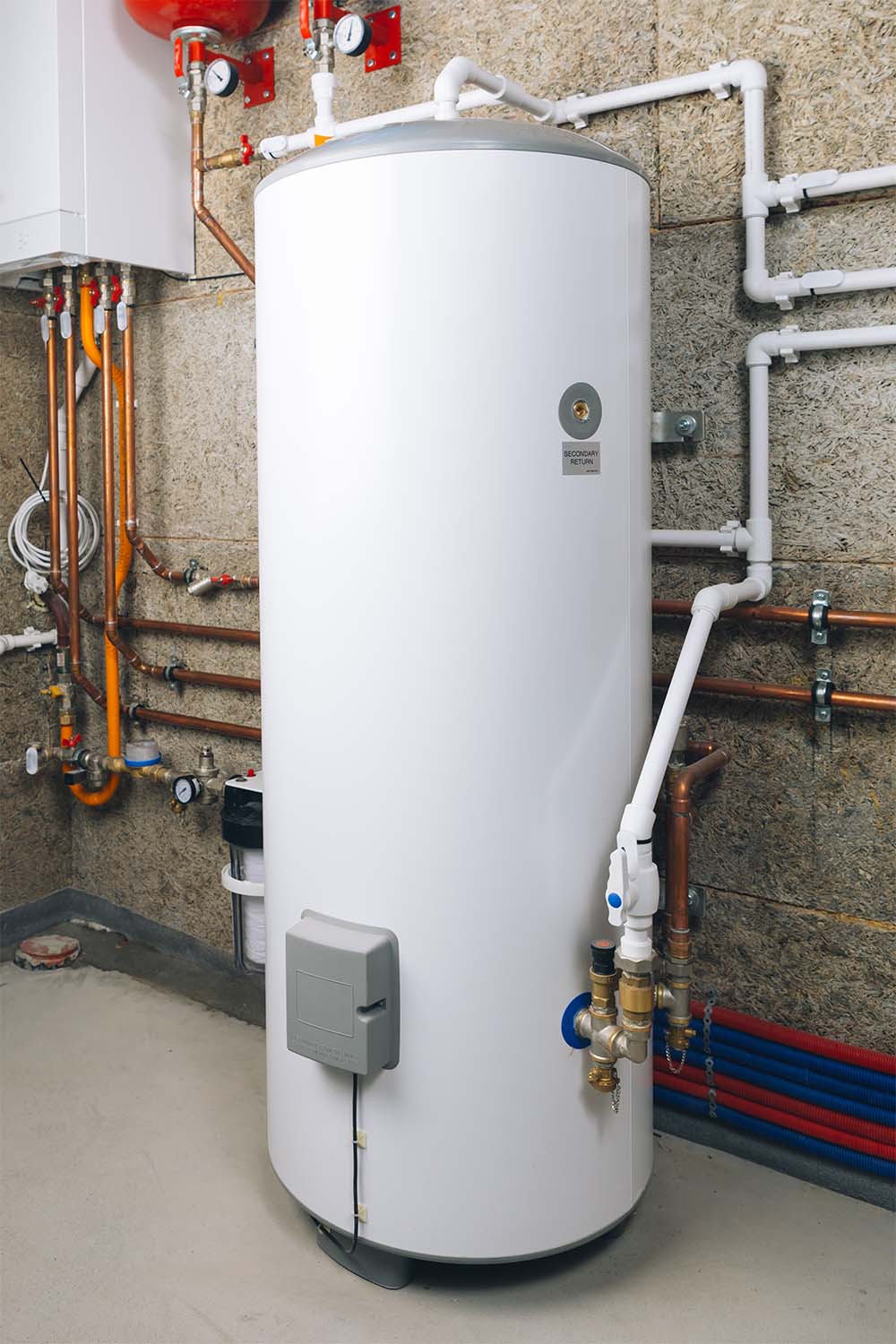What are your concepts about Tips on Maintaining a Water Heater?

Hot water is essential for daily convenience, whether it's for a refreshing shower or cleaning dishes. To ensure your hot water system runs successfully and lasts longer, normal maintenance is crucial. This article provides functional pointers and insights on exactly how to keep your home's hot water system to stay clear of disruptions and pricey repair work.
Intro
Preserving your home's warm water system may seem overwhelming, however with a couple of easy actions, you can ensure it runs smoothly for many years to come. This overview covers whatever from understanding your warm water system to DIY upkeep tips and understanding when to call in professional assistance.
Importance of Preserving Your Warm Water System
Routine upkeep not only prolongs the life-span of your warm water system but likewise guarantees it operates efficiently. Neglecting maintenance can cause lowered performance, greater power costs, and even premature failure of the system.
Signs Your Hot Water System Requirements Upkeep
Knowing when your hot water system needs interest can protect against significant issues. Look out for indications such as inconsistent water temperature, weird sounds from the heating system, or corroded water.
Purging the Hot Water Heater
Purging your water heater eliminates debris build-up, enhancing performance and prolonging its life.
Checking and Changing Anode Rods
Anode poles prevent deterioration inside the storage tank. Checking and changing them when worn out is essential.
Complex Issues Needing Expert Aid
Instances include major leakages, electric problems, or if your water heater is regularly underperforming.
Routine Professional Upkeep Conveniences
Specialist maintenance can include comprehensive evaluations, tune-ups, and making sure conformity with safety and security criteria.
Checking and Adjusting Temperature Settings
Adjusting the temperature settings guarantees optimal efficiency and security.
DIY Tips for Upkeep
You can carry out numerous upkeep tasks yourself to maintain your warm water system in top condition.
Checking for Leaks
Routinely evaluate pipelines and connections for leaks, as these can bring about water damages and greater bills.
Understanding Your Warm Water System
Before diving right into maintenance tasks, it's handy to recognize the fundamental components of your warm water system. Typically, this consists of the water heater itself, pipelines, anode poles, and temperature controls.
Month-to-month Upkeep Tasks
Regular regular monthly checks can help capture minor issues prior to they intensify.
Testing Pressure Alleviation Valves
Checking the stress safety valve guarantees it operates properly and prevents extreme pressure build-up.
Protecting Pipelines
Insulating warm water pipes lowers heat loss and can conserve energy.
When to Call a Specialist
While do it yourself maintenance is valuable, some problems require specialist experience.
Final thought
Routine maintenance of your home's warm water system is necessary for effectiveness, longevity, and price savings. By following these pointers and understanding when to seek expert help, you can make certain a trustworthy supply of warm water without unforeseen disruptions.
Water Heater Maintenance Tips
Test the TPR Valve
Shut off the power and the cold-water supply valve. Place a bucket under the pipe connected to the temperature-pressure-release (TPR) valve on the top or side of the tank. (This valve opens if the tank pressure gets too high.) Lift the valve’s tab to let some water out, then let go. If water keeps flowing, drain the tank partway, unscrew the old valve with a pipe wrench, and install a new one. Check the Anode Rod
Put a hose to the tank’s drain cock and let out a few gallons of water. Now fit a 1 1/16-inch socket onto the rod’s hex head on top of the heater (or under its top plate) and unscrew the rod. If it’s less than ½ inch thick or coated with calcium, buy a new one, wrap its threads with Teflon tape, put it back in the tank, and tighten securely. Use this segmented rod if headroom above the tank is limited. Drain the Tank and Wash Out Sediment
Drain the remaining water in the tank into the bucket, then stir up the sediment on the tank’s bottom by briefly opening the cold-water supply valve. Drain and repeat until clean water comes out of the hose. Close the drain cock, refill the tank, and turn its power back on. Adjust the Temperature
Find the temperature dial on the side of the tank and unscrew its cover. Adjust the dial to 120 degrees using a flathead screwdriver. For every 10 degrees the temperature is lowered, you can expect to save up to 5 percent in energy costs. Turn the water heater off or the thermostat down to its lowest setting if you plan to be away from home for more than three days. Insulate the Pipes
Buy some self-sticking 3/8-inch-thick foam pipe insulation that matches the pipes’ diameter. Slide the foam over the hot-and cold-water pipes as far as you can reach. Insulating the cold-water pipe prevents condensation in summer. Peel the tape and squeeze the insulation closed. If the pipe is 6 inches or less from the flue, cover it with 1-inch-thick unfaced fiberglass pipe wrap. https://www.thisoldhouse.com/plumbing/21016402/how-to-maintain-a-water-heater

Hopefully you liked our topic on What Kind of Maintenance Do Water Heaters Need?. Thanks a lot for taking a few minutes to read through our posting. Sharing is good. Who knows, you could be helping someone out. Thank you for your time. Kindly check our website back soon.
Get An Estimate